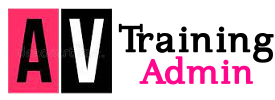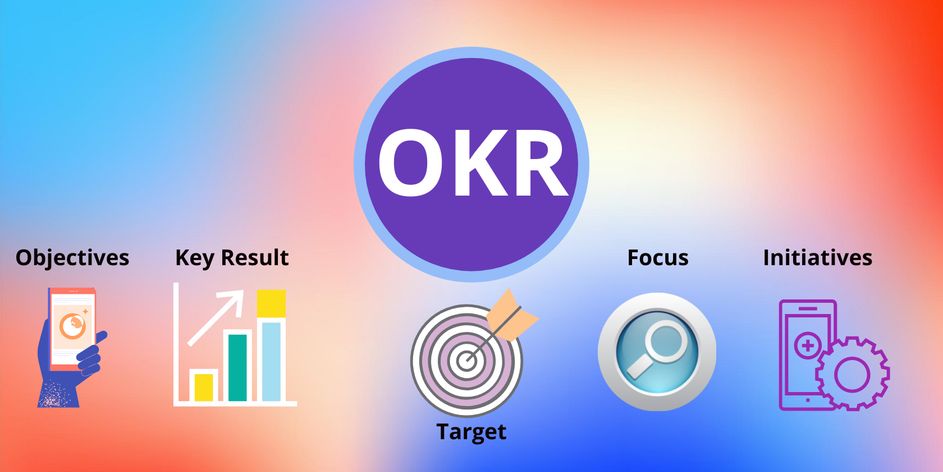Every company dreams, and the OKR technique guarantees not only clearly defined goals, but also the knowledge of how to achieve them.
OKR – meaning
If you and your team set goals and use to-do lists, you’ll need to know about OKR. This method was developed by Andy Grove, former Intel CEO. It involves setting and evaluating goals. OKR stands for “Objectives and Key Results”; in Polish, it means goals and key results, i.e. intentions and results that lead to the successful achievement of these goals. Your goal is what you want to achieve, and the key outcome is the actions you need to take to get it.
History of OKR
The foundations for the OKR method were laid by Grove, who based it on the works of Peter Drucker, currently considered a key creator of modern management techniques. It was he who invented the MBO, i.e. the management by objectives system. The method was popularized by venture capitalist John Doer , who was also an Intel employee and who coined the term OKR after hearing Grove’s lecture on the subject.
After leaving Intel, Doerr presented the method to a small startup called Google. His technique turned out to be an important tool there, thanks to which the company grew to the size of a global giant. Since then, many other successful companies have adopted the method.
Doerr also wrote the book “Measure What Matters” in which he described the power of this technique.
What is the difference between OKR and MBO?
While the OKR technique is derived from MBO, the following differences may make the OKR method a very different effect on the team:
• In the case of the OKR method, the reports are quarterly, and in the case of MBO – annual
• The goals set with the MBO apply to each employee, and not, as in the OKR technique, to the entire team
• The OKR technique measures the results in dollars or percentages, while the MBO represents them differently
• MBO results, unlike OKR results, have an impact on employee rewards and bonuses
It is likely that the company you work for uses the MBO method in its annual reports and uses key performance indicators (KPIs). Goals are set at the beginning of each year and apply only to you and your manager. You try hard to reach these goals, and depending on how you handle it, you receive some kind of reward.
The method, rather than focusing on the individual and its intentions, focuses on the entire team and planning project goals that produce tangible results. In modern offices, the MBO method can be perceived as outdated and even demotivating. It can even negatively affect the company’s culture if you assume that “an individual employee is as good as his team” – until the bonus, of course.
As part of the pro-team approach, the OKR method uses a cascade management model (from the highest to the lowest structures of the company), which makes the results of lower-level employees dependent on the results of higher-placed team members.
What are the examples of using the OKR method?
John Doerr presents some examples of the use of this method. He illustrated the goals set “from top to bottom” on the example of the OKR of a football team.
Goal: Win the World Cup
• 1st Key Result: Throughout the tournament, the average number of goals scored must be 2.0
• 2nd Key Result: Throughout the tournament, the average number of goals conceded must not be more than 0.5
• 3rd Key Result: Ball possession ratio must be 75%
Such ambitious goals must be reflected in the OKR method of the offensive team coach himself:
Objective: To create a 700m long line of attack based on the passing of the ball
• 1st Key Result: Successful pass rates must be 85%
• 2.Key Result: Shot on target must be 80%
• 3rd Key Outcome: Percentage taken of penalty shots must be 100%

Of course, no one should assume 100% success – neither in the game nor in any other aspect of life – but it’s not about sticking to those results, it’s about knowing what kind of result we want to get. A clearly defined team goal makes everyone want to achieve it and motivate each other.
After all, not knowing what you want to do or having unclear instructions on how to achieve your goal can lead to stress, procrastination, and a very dissatisfied syndrome.
Interestingly, the method does not have to be exclusively used at work. It will also work for our personal goals.

